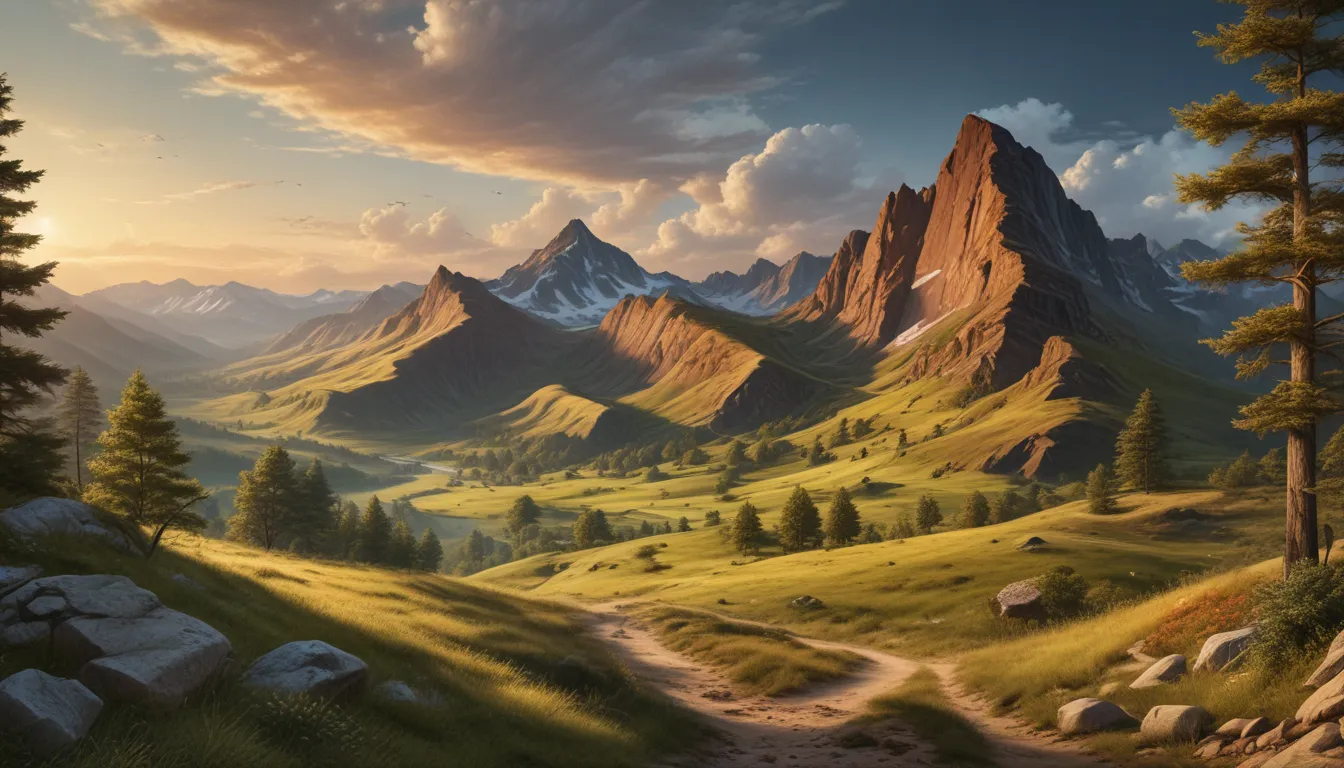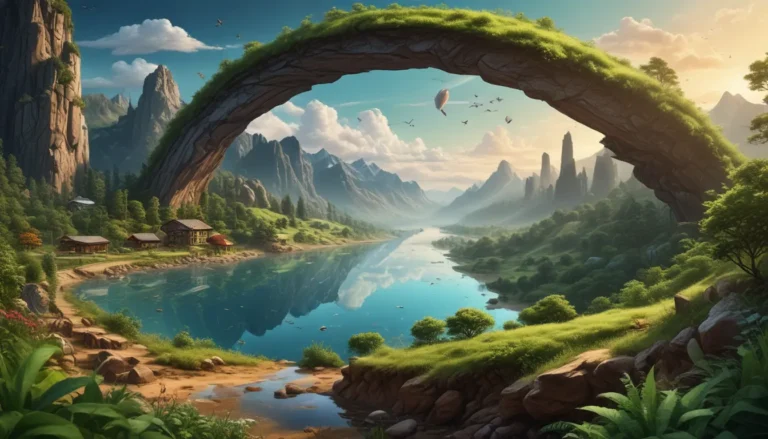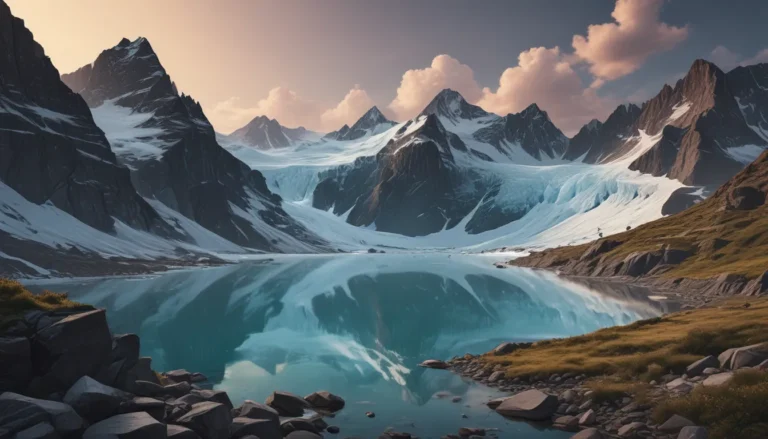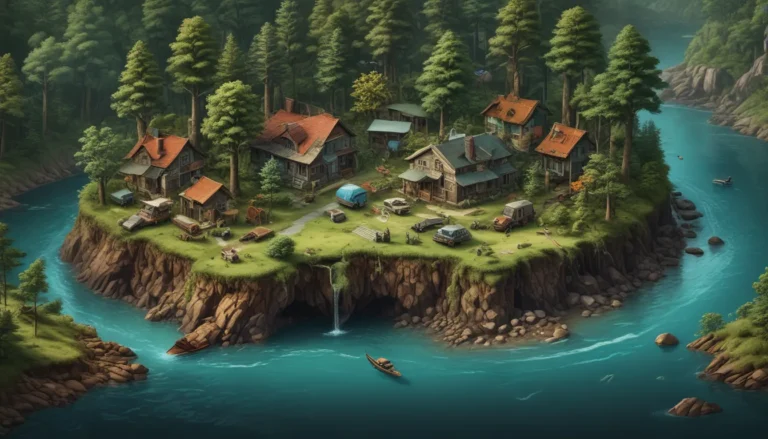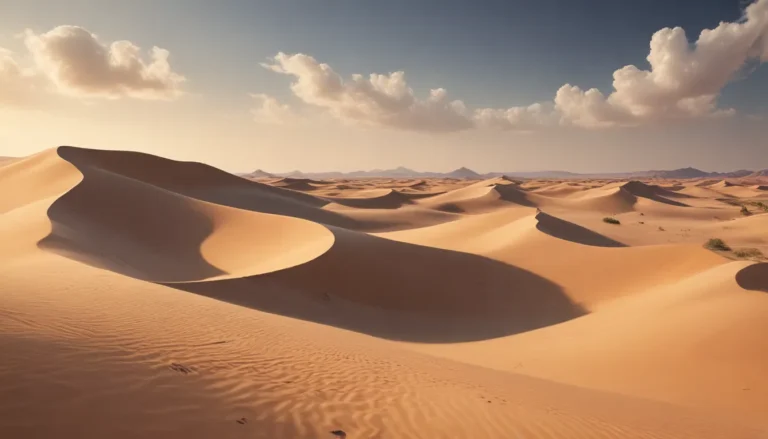A Note About Images: The images used in our articles are for illustration purposes only and may not exactly match the content. They are meant to engage readers, but the text should be relied upon for accurate information.
Drumlins, the elongated hills shaped by glaciers, have captivated geologists and nature enthusiasts for centuries. These unique landforms offer a glimpse into Earth’s geological history and hold valuable information about past glaciers and diverse wildlife. Let’s embark on a journey to explore nine extraordinary facts about drumlins that will leave you in awe of their beauty and formation.
Understanding the Unique Shape and Formation of Drumlins
Drumlins are elongated and oval-shaped hills that reach heights of up to 150 feet, formed by the movement and deposition of glacial material during glaciation. This distinct shape gives drumlins their remarkable appearance and provides valuable clues about Earth’s geological past.
Exploring the Abundance of Drumlins Around the World
These fascinating landforms are found in various parts of the world, particularly in regions shaped by glaciation such as northern Europe, Canada, and the northern United States. Their widespread distribution adds to their allure and makes them a significant feature in the field of geography.
Discovering the Directional Significance of Drumlins
One intriguing aspect of drumlins is their alignment in the direction of the glacier’s movement during formation. This directional significance offers insights into ancient glaciers’ flow and helps researchers understand past climatic conditions with precision.
Unveiling the Composition of Drumlins
Drumlins are predominantly composed of glacial till, a mixture of unsorted sediment including boulders, rocks, sand, and clay. This unique composition not only shapes their appearance but also serves as a valuable source of geological information for researchers.
Understanding the Relationship Between Drumlins and Other Glacial Features
Drumlins often form alongside other glacial features like eskers, moraines, and kames, providing evidence of past glacial activity. The interconnected nature of these features helps scientists reconstruct Earth’s ice ages’ history and understand the dynamic forces shaping our planet.
Exploring the Role of Drumlins in Landscape Evolution
These remarkable landforms play a crucial role in shaping landscapes, influencing river courses, creating distinctive drainage patterns, and contributing to the diversity of landforms in glaciated regions. Their presence leaves a lasting impact on the environment around them.
Examining Drumlins as Habitats for Diverse Wildlife
The slopes and sheltered areas of drumlins serve as habitats for a variety of plant and animal species, supporting unique ecosystems adapted to the challenging conditions presented by these landforms. From resilient grasses to small mammals and birds, drumlins harbor diverse wildlife populations.
Identifying Drumlins from an Aerial View
Drumlins can be easily identified from an aerial view due to their distinct shape and alignment, making them valuable resources for geographers and geologists studying glacial landforms and processes using satellite imagery. Their visibility from above aids in scientific research and conservation efforts.
Emphasizing Preservation and Conservation of Drumlins
Due to their scientific significance and ecological value, there is a growing focus on preserving and conserving drumlins for future generations. Efforts to protect and manage these landforms ensure that their extraordinary characteristics continue to be studied and appreciated by researchers and nature enthusiasts alike.
Drumlins serve as a testament to Earth’s geological history, environmental importance, and the dynamic forces that have shaped our planet over time. As we unravel the mysteries of these extraordinary landforms, we gain a deeper appreciation for the wonders of nature and the intricate processes that have sculpted our landscapes.
FAQs About Drumlins:
- What causes drumlins to form?
- Where can you find drumlins?
- Are drumlins only found on land?
- Do all drumlins have the same shape?
- Are drumlins important for wildlife?
- Can drumlins influence local weather patterns?
- How do researchers study drumlins?
- Can drumlins erode over time?
- Are all drumlins the same age?
Embark on a journey of exploration and discovery as you delve into the intriguing world of drumlins. These natural wonders offer a wealth of knowledge and beauty waiting to be explored, studied, and appreciated. As we unravel the secrets of drumlins, we uncover a rich tapestry of Earth’s history and the remarkable forces that have shaped our planet.
